Ronda J Green, PhD (chair of Wildlife Tourism Australia and adjunct research fellow, Griffith University)
2nd November 2019

Tonight I head for Japan (via Taiwan) as an invited keynote presenter at a wildlife tourism summit at the Asia-Pacific University, Beppu, and a presentation at Hiroshima University. I was invited by Drs Rie Usui and Thomas Jones, who will first be taking me to national parks, zoos, aquaria and monkey forests and instructing me on reaching other venues on my own, in preparation for discussions at the two universities. Delegates at our wildlife tourism conferences in Geelong and Adelaide will remember Rie’s presentations on interactions with tourists and free-ranging deer and rabbits in Japan.
3rd November
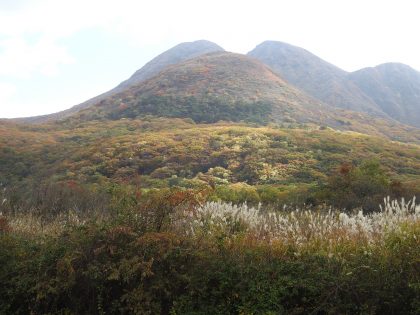
Tom and Rie met me at the airport and we drove straight to Aso-Kuju National Park. Tom tells me it is highly unusual for an international visitor to travel straight into the mountains and forests of Japan – they usuall spend a lot of time in the cities first and may never see much else. Yes apparently about two-thirds of Japan is covered in forest. There are many national parks, ranging from pure nature conservation to more English-style including countryside with human inhabitants as well as natural habitats.
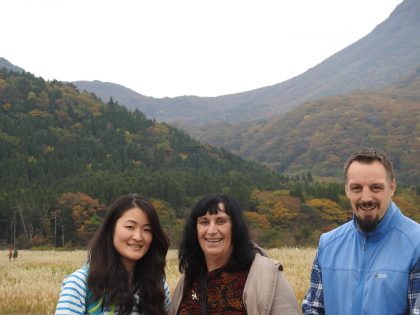
The national park includes bare areas of recent lava flow, marshlands and forests (largely regrowth of afew decades, and intermingled with some conifers from old plantations). We could see occasional fine plumes of smoke from the crater of Mt Io, and some fumaroles of steam near our hotel.
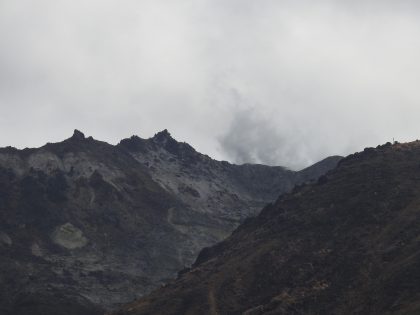
Mammals are mostly nocturnal. There are a number of endangered plants, plus an endangered Lycaenid butterfly (Shijimi large blue: Shijimiaeoides divinus) which like many butterflies of that family has a mutualistic relationship with ants.
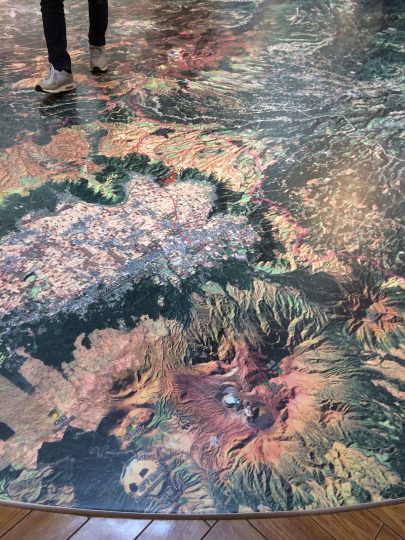
The visitor centre offers an explanation of volcanic history and local fauna and flora, including a number with conservation significance, including a beetle, a handsomely-marked cicada and a number of plants (such as Echinops setifer and Viola orientails). There are videos showing some of the natural history and explaining the use of fire in management of the marshlands. A floor map quite dramatically demonstrates the national park with the various volcanic peaks. There was a fair bit in English but I would have liked a little more, and also to know the families of plants, so I could get some feel for the evolutionary and biogeographic relationships – e.g. whether a particular plant was from a family shared from Japan through Southeast Asia to Australia, whether it was primarily a northern hemisphere family, or perhaps a small family restricted to East Asia.
I had my first experience that night of public bathing in Japan, relaxing in hot spring water
4th November
After a traditional Japanese breakfast (far more interesting than traditional western) we met Keiji Masuda and Kazuya Okuzono of the Kuju Nature Guide Club (itself a member of Japan Mountain Guides Association), who took us for a two-hour walk through marsh and forest.
We found tracks and wallows of wild boar, shrubs that had been browsed by deer and the scats of weasels and badger dogs. There were surprisingly few birds, and I wasn’t able. to see any well enough to identify except for crows.
We did of course take a close look at many of the plants
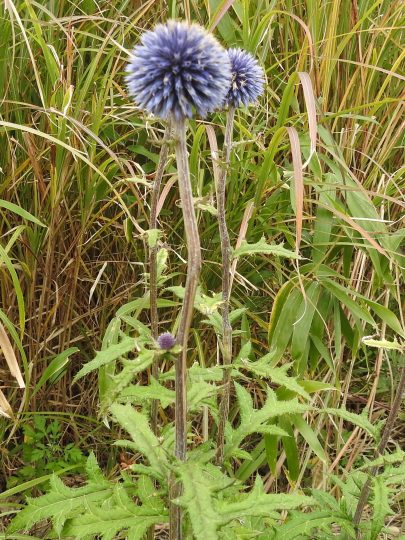

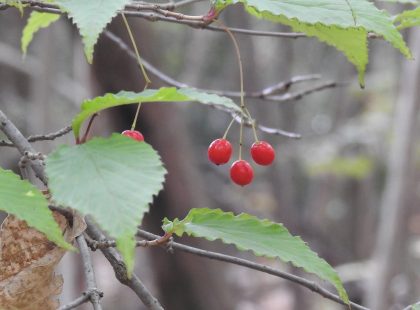
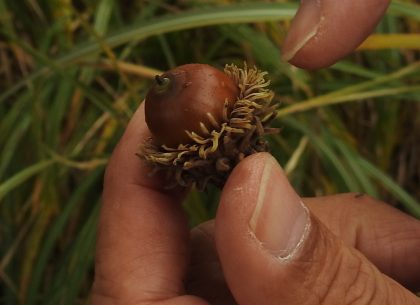
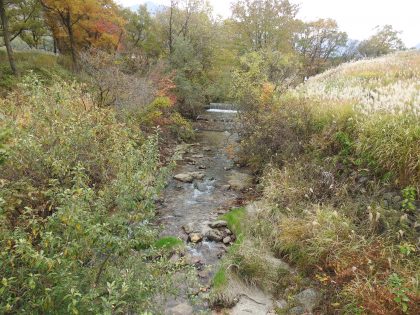
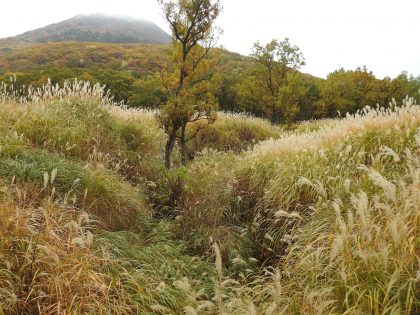
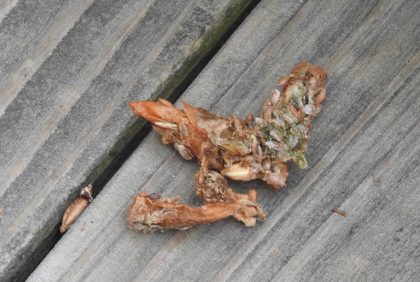
(Japanese weasels are known to be seed dispersers, as are a number of carnivorous animals throughout the world- meat-eaters and fruit-eaters both have relatively simple digestive tracts compared to those of animals feeding primarily on grasses, leaves or seeds)
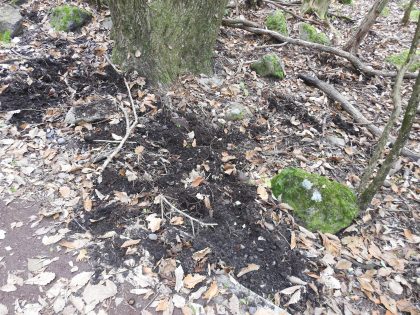
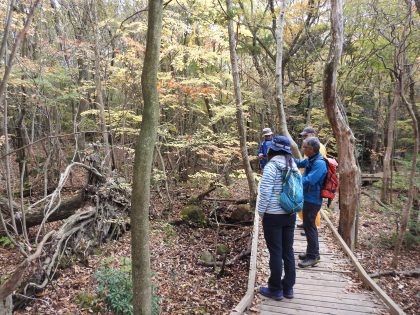
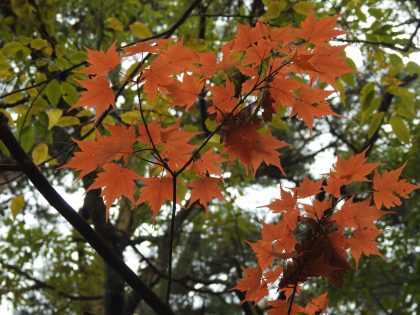
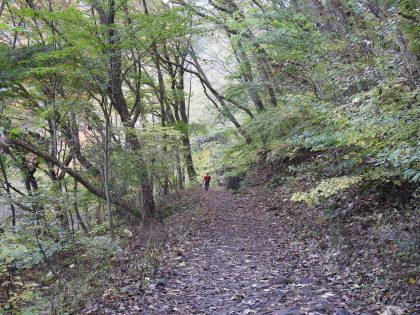
continued here: monkey forests and Rabbit Island in next post
